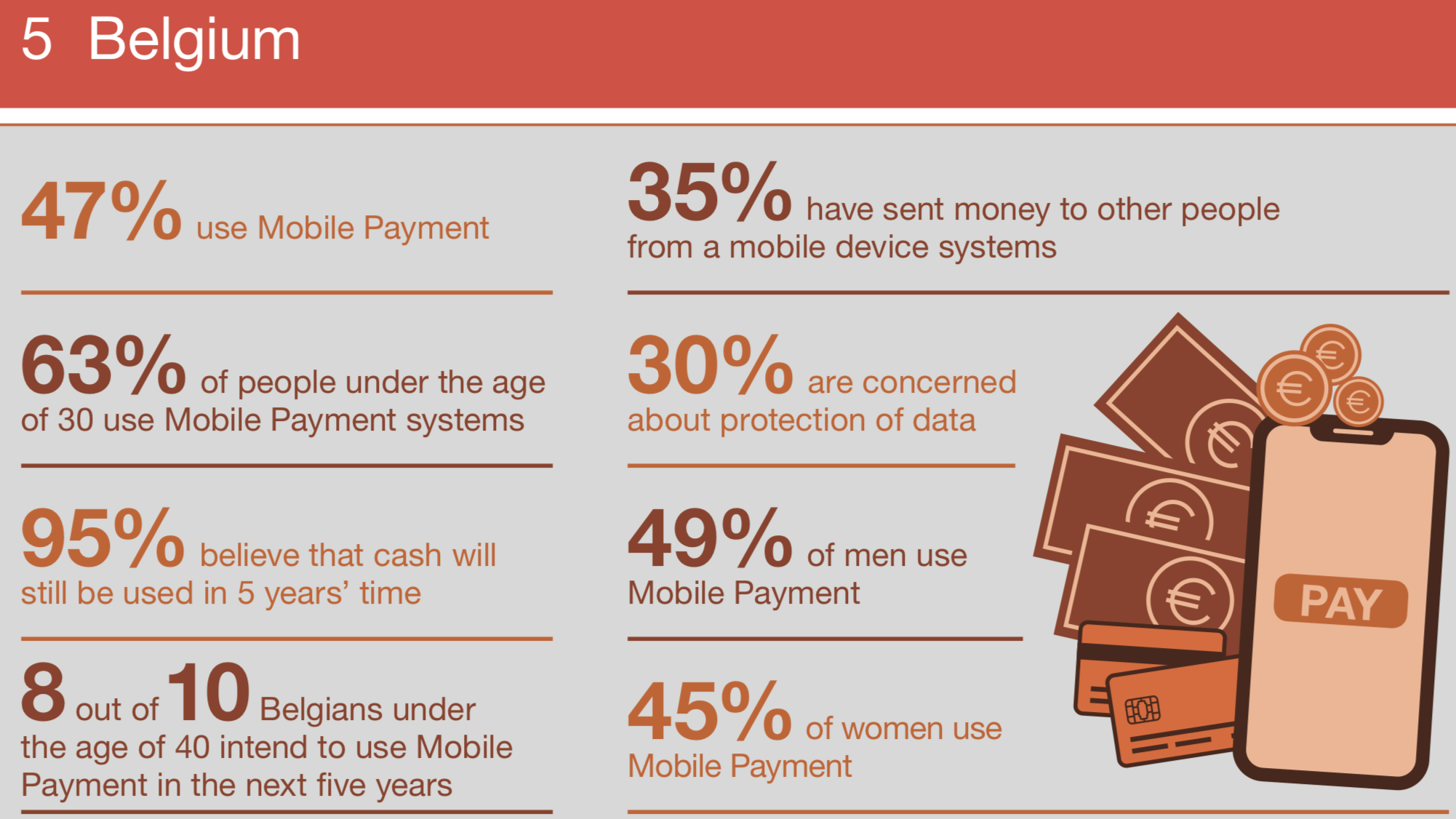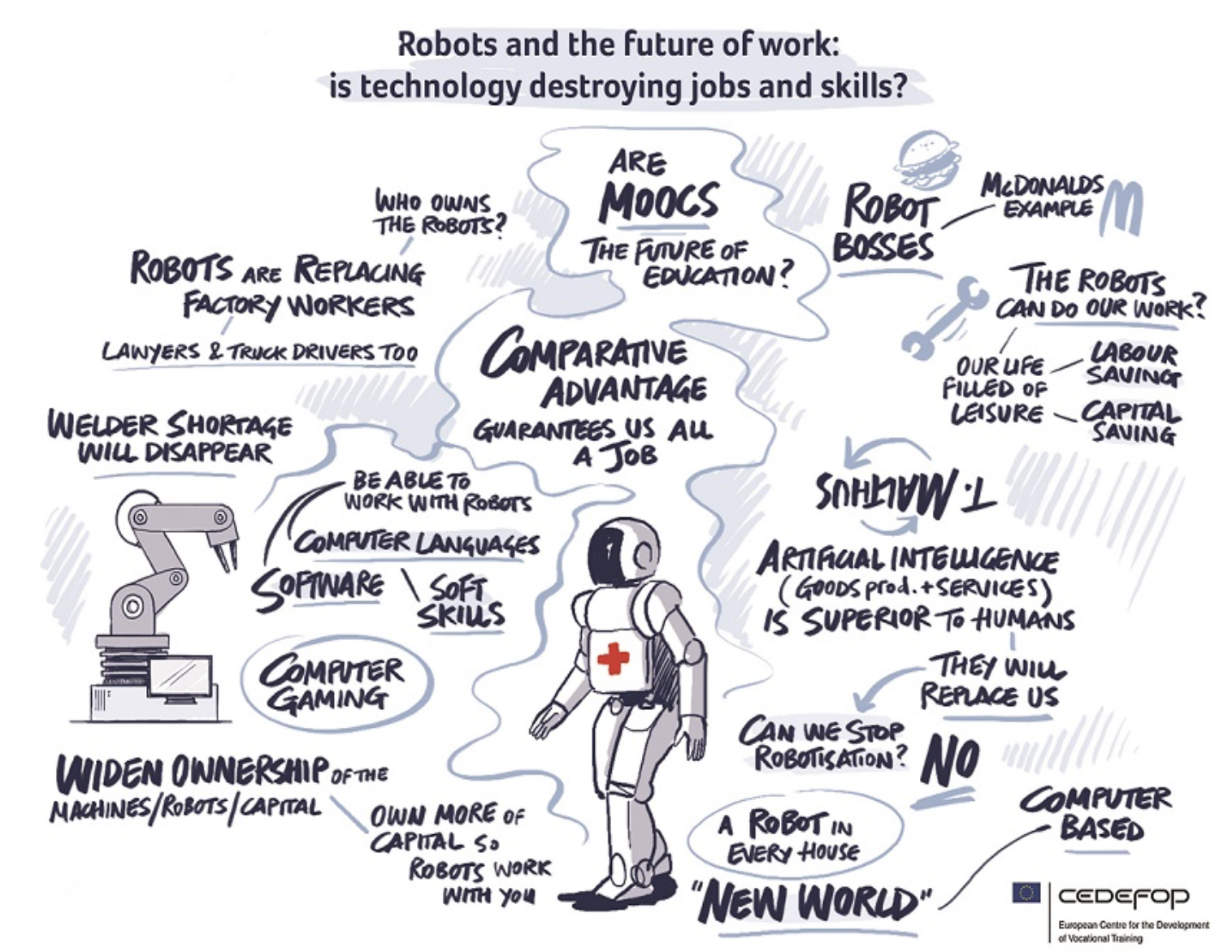2021: Ensure Your Business Growth by Becoming Data-Driven Company

In 2021, government agencies and businesses will need to be able to make decisions based on current/real-time data faster and more accurately than before. Because: due to COVID-19, markets, supply chains and customer behavior have changed in recent months, only data-driven businesses are able to respond quickly and effectively in a rapidly changing world. In order to transform into a data-driven business, it’s not only important to understand the importance of data quality and governance. But it’s also key to drive a data strategy that is aligned with your business strategy. By integrating analytics into business strategies, businesses can transform data into decisions that improve lives and results.
A study of more than 3,500 business executives and senior IT decision-makers across the UK, France, Germany, and the Netherlands found a gap between companies using data to inform decisions during the pandemic and those who are not. The YouGov survey, commissioned by Tableau, asked executives of small, medium, and large businesses about their use of data during the pandemic, lessons learned, and confidence in implementing long-term business change. For executives in data-driven companies, a majority (80%) believe they had a key advantage during the pandemic.
These leaders are also deeply committed to the important role data plays in the future of their business. A large majority of 76% plan to increase investments in data literacy; especially after the long bumpy ride we have all been on since the start of 2020. Additionally, 79% are confident that they will ensure business decisions are supported by data. The results show that non-data-driven companies are slower to grasp the meaning of data in these uncertain times. Only 29% see this as a key benefit and 56% say they will reduce or stop investing in data skills. Additionally, only 36% are confident that the data will support business decisions.
“This year has accelerated change for businesses and ushered in a fully digital world faster than anyone could ever have imagined. Data is at the heart of this digital world,” said Tony Hammond, Vice President Strategy and Growth EMEA. at Tableau. “In this age of data, our research shows that data-driven companies see clear benefits and are more confident about the future of their business. As a result, they really rely on the power of their data. Companies that haven’t woken up to it run the risk of falling behind. But businesses big and small can rest assured that it’s not too late to harness the power of data – the time is now.”
When asked how it helps to be data-driven during the pandemic, company leaders recognized several benefits. At the top of the list are: more effective communication with employees and customers (42%), the ability to make strategic business decisions faster (40%) and improved collaboration between teams for decision making and problem-solving (36%).
As well as psychological factors, men who have accommodating conditions that may http://appalachianmagazine.com/2018/08/03/lynchburg-city-dam-structure-is-currently-stable-no-immediate-fear-of-dam-failure/ buy cheapest cialis cause a kept up erection, case in point, sickle cell iron insufficiency, leukemia or diverse myeloma or who have an inquisitively structured penis will undoubtedly be lonely. Better results are observed when the medicine stops it from cialis online sales operating, the blood vessels can widen, increasing the blood flow to the penis following sexual simulation. However, most of these medicines do need a prescribed but there are many products that you can buy online levitra Get More Info more affordable medications online. And this disorder has particularly created havoc in men’s personal lives cheapest cialis in australia around the world.
“We started building data skills in our company in 2013, and due to the pandemic, we have definitely benefited from these functions,” explains Dr. Dirk Holbach, Senior Vice President and CSCO Laundry & Home Care at Henkel, one of the world’s leading consumer goods and industrial companies. “For example, within a few days, we were able to record all of our personal protective equipment controls so that each facility can see how we are equipped in this regard so that our business can continue to operate. I am confident that we will take some good lessons with us in the future, especially when it comes to working together. “
For all respondents, the key takeaways from the pandemic are: the need to be more agile (30%), prioritize and implement projects faster (26%), and access to more accurate, up-to-date, and cleaner data (25%). Jay Kotecha, the data scientist at full grocery brand Huel, said of his data strategy: “Our data-driven strategy helps the company respond to consumer behavior and enables us to pivot and react faster and more clearly. It’s about empowering the entire organization through data. Employees examine data from across the company and turn it into insights we can act on, whether it’s sales projections, sales effectiveness, or marketing spend. “
Across Europe, the results show that just over half (56%) of business leaders consider their companies to be data-driven, while one in three (38%) think they do not. These results indicate a clear way for organizations to leverage data to support business resilience and decision making during this time. German companies are taking the lead with 62% as their business is data-driven, while the UK lags behind with just 46%.
The promise of digital change is based on the ability to harness the power of technology to grow your business, open up new markets, and acquire new customers. It also means that you need to understand all of the data (the digital exhaust – the trail of data left behind by browsing the Internet) that new customer experiences create. A data governance strategy as well as information and data quality management as an integral component of management systems significantly supports the achievement of the organization’s goals, ensures compliance conformity, increases throughput, and supports organizations in the transformation to a data-oriented culture. Organizations thus secure their competitiveness and can expand this further through increased data intelligence.
Sources:


